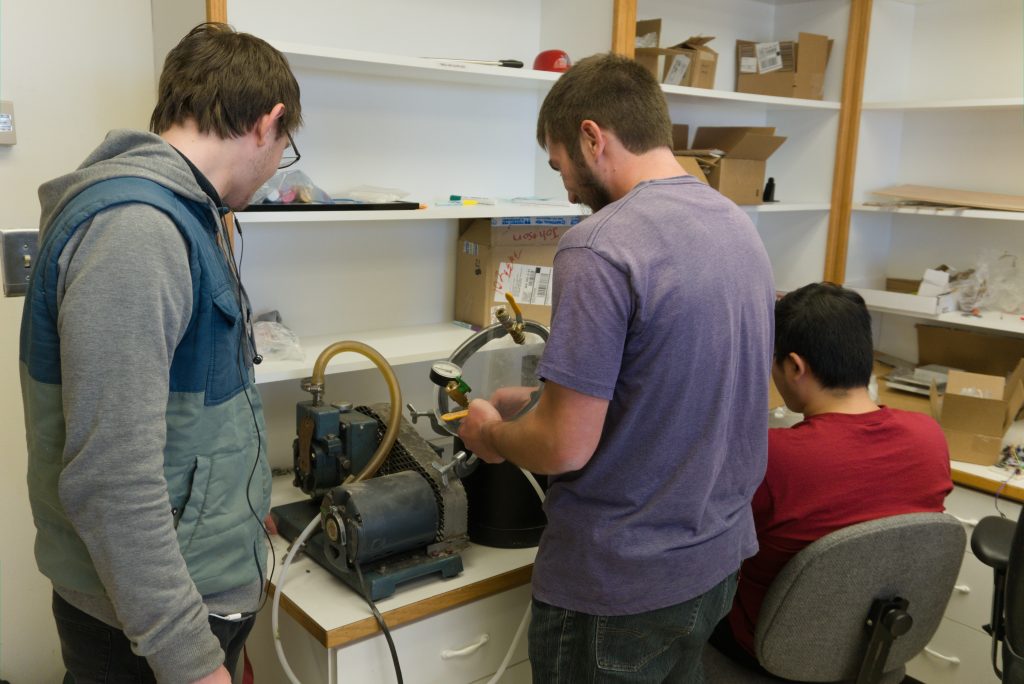What is a CubeSat?

What Is A CubeSat?
Cube satellites – CubeSat for short – are miniaturized versions of full sized satellites that typically perform a singular research task. The volume of a CubeSat varies in 10 cm³ increments – called a unit – and do not weigh more than 3 pounds per unit. While it is possible to launch a CubeSat with all off the counter parts, at Cougs in Space we are dedicated to seeing our CubeSat launch with all parts made by Washington State University students.
Additionally, CubeSats are immensely cheaper to put into orbit compared to a regular satellite. To launch a CubeSat, NASA generously offer rockets via the CubeSat Launch Initiative. This allows university groups such as Cougs in Space to design and launch CubeSats as students.

Our Objectives
As CougSat-1 is the first satellite created at WSU, the primary objective is to develop a reliable and robust mission support system for nanosatellites. The mission support system consists of all the subsystems on the satellite except those relating to the payload. These include: ADCS, EPS, IHU, RCS, and the mechanical structure. A reliable and robust design of these components will improve the development of future CubeSats as only the payload specific subsystems will need to be designed and tested.
The secondary objective comes from the Afshin Khan, an Astrobiologist at WSU. She suggested for CougSat-1 to test an experimental apparatus that will study plant germination in microgravity. As humans are preparing for long distance space travel, sustainable food supplies need to be researched to ensure the travelers survive their trip. A future CougSat will have a full experiment researching agriculture in microgravity.
The last two objectives are to share WSU pride with as many people as possible. CougSat-1 will put a cougar into orbit and broadcast “Go Cougs!” around the world. Every photo CougSat-1 takes will have a cougar head in the corner. Every beacon transmission will end with an enthusiastic “Go Cougs!”